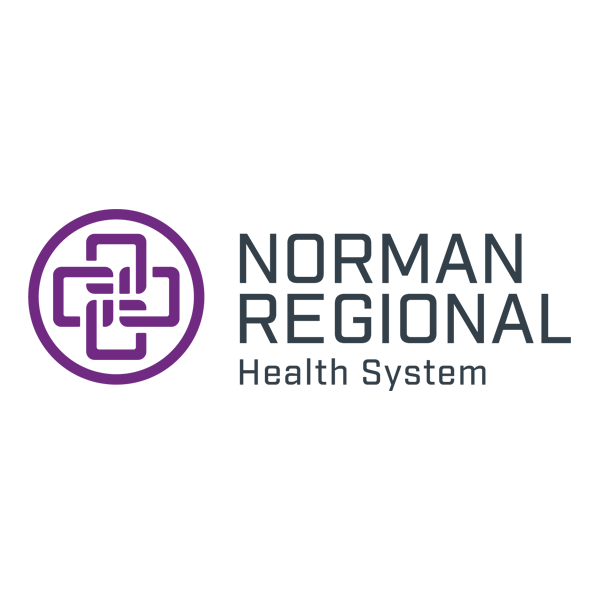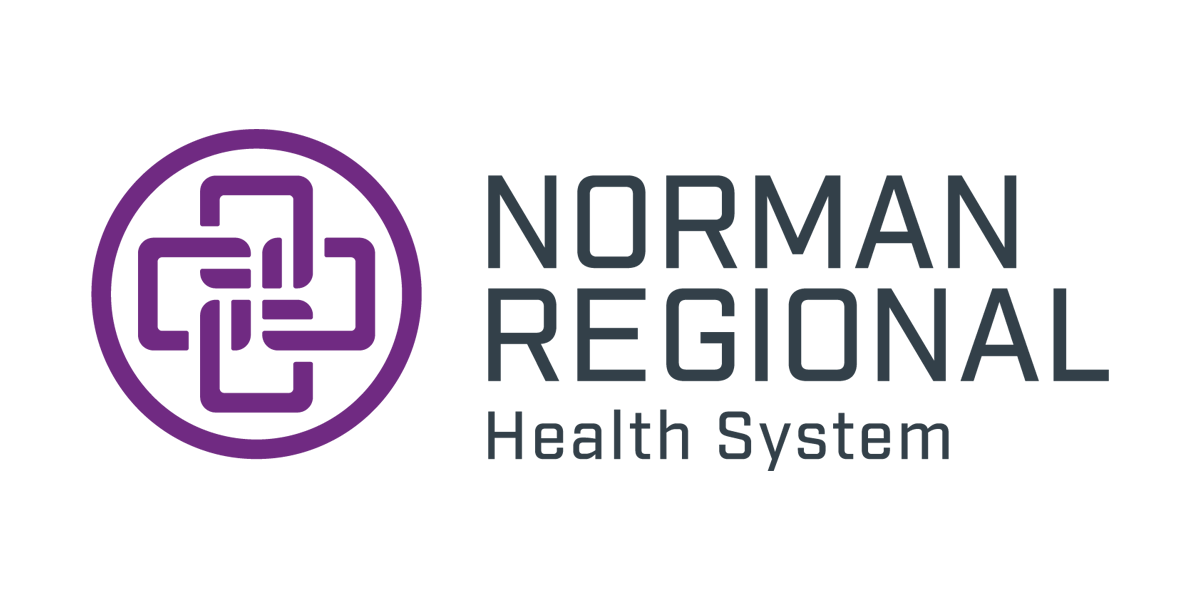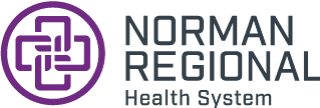
Tuesday, May 25, 2021
Stroke Awareness, What You Need to Know
May is Stroke Awareness Month, which provides an important opportunity to address many of the ways strokes affect us, how to prevent them, how to spot one and what to do if you think someone may be having a stroke.
Sabrina Young, DO, associate director of Norman Regional’s Physical Medicine and Rehabilitation Center, shares her insight into these topics from the perspective of someone who has extensive experience in stroke rehabilitation.
Warning signs and what to do
Being able to recognize a stroke and knowing what to do when a stroke is occurring in front of you are the most important things to learn during Stroke Awareness Month. Some of the key signs to look out for are:
“Acting abnormally or confused, weakness on one side of the body, particularly the face, or a patient having trouble speaking and getting words out.”
“If you aren’t sure whether they are weak on one side, have your loved one put their arms out in front of them and see if they are able to do that with both arms or if one is weaker,” Dr. Young said.
If someone is displaying signs of a stroke, call 911 immediately. The more time that elapses between stroke and getting treatment, the more damage is being done to the brain. One way to identify a stroke is by remembering F.A.S.T. warning signs, which stand for face drooping, arm weakness, speech difficulty and time to call 911.
What is happening to the body during a stroke?
There are many different causes for strokes and many different types of strokes, but the most common reason that a stroke occurs is due to the brain not getting enough oxygen. Since blood carries oxygen to the brain, it can also be an issue with the heart or blood vessels.
What is stroke rehab like?
Since strokes affect the brain, the resulting damage can affect many different body functions.
“Many people who have strokes have trouble moving parts of the body, experiencing pain and even trouble with swallowing, which would call for a modified diet,” Dr. Young said. “Strokes can also affect a person’s cognition or ability to think clearly, so our therapists work on that, and we have a neuropsychologist who works with our stroke patients as well. It’s important that patients and their family understand what has happened to them and how to prevent it from happening again.”
Stroke prevention
There are no ways to completely eliminate the risk of having a stroke, but it is important to take preventive measures so that your risk is as low as it can be.
“Smoking cessation is one of the biggest ways to reduce your stroke risk. Cigarette use narrows the blood vessels and predisposes you to having an event in the brain where it isn’t getting enough oxygen or blood flow,” Dr. Young said. “Taking medicine as prescribed, keeping your blood pressure under control, seeing your doctor regularly and eating a good, healthy diet will help reduce stroke risk as well. One stroke risk factor that I see often is patients who have sleep apnea who aren’t wearing their CPAP at night or people with untreated sleep apnea.”
More than 60% of patients who have had a stroke also have sleep apnea. In addition, untreated sleep apnea may make it harder to recover after a stroke as it drains energy needed for rehabilitation. If you think you may have sleep apnea, talk to your primary care doctor about getting a sleep study.
Stroke Awareness Month is all about reducing the incidence of stroke in the United States. Remember what to look for when you think someone may be having a stroke and act as quickly as possible.


